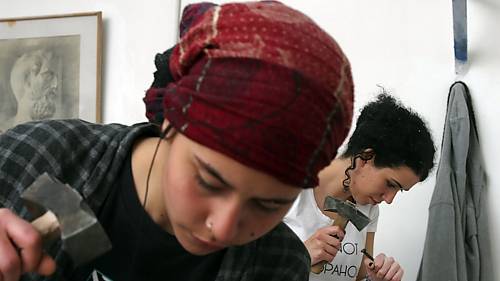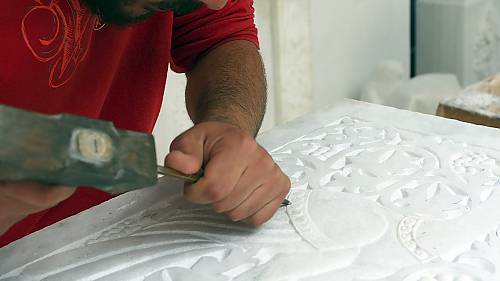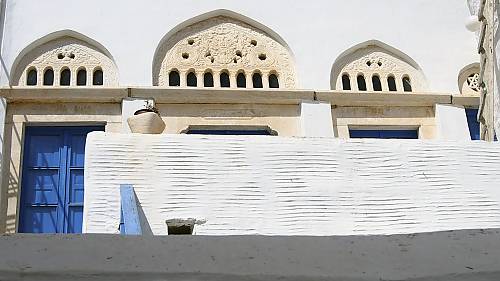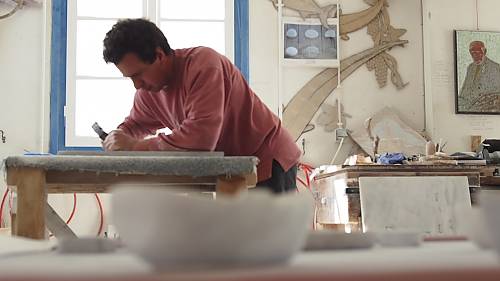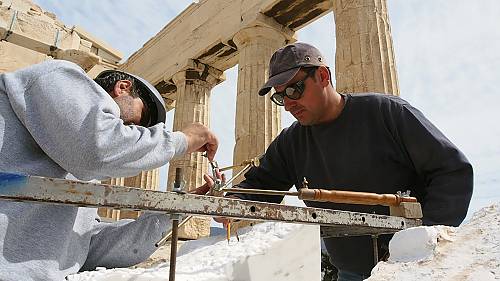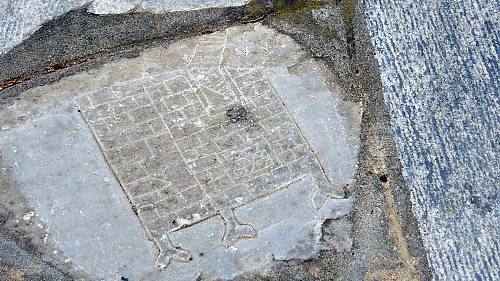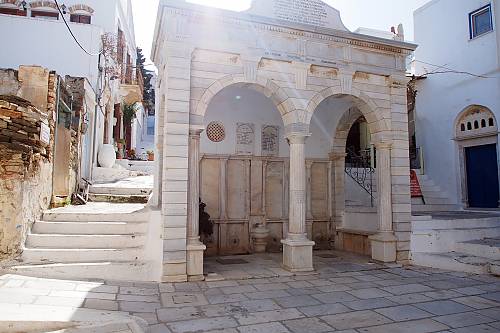Tinian marble craftsmanship
Inscribed in 2015 (10.COM) on the Representative List of the Intangible Cultural Heritage of Humanity
The art of marble-carving is an expression of the cultural identity of Tinos. Marble craftspeople possess empirical knowledge of the composition and structure of marble-bearing rock, the properties of each kind of marble, and the manipulation of its veins. Marble-carving workshops produce a range of traditional motifs, patterns and symbols such as cypresses, flowers, birds and ships. These draw from and perpetuate a shared symbolic system of religious, magical and oral traditions. Motifs on buildings, road signs, churches and cemeteries ensure propitiation and deflect evil influences, while those engraved on everyday marble vessels and fanlights emphasize fertility and prosperity. Craftspeople sometimes form teams to carry out large projects and individual masters occasionally work alone undertaking minor commissions. Transmission follows longstanding traditions. Workshop apprentices start with menial tasks, such as arranging the master’s tools and cleaning the workshop, before graduating to learning the craft and drawing. Each master supervises and mentors one or two apprentices, usually family members. Once they complete their training and earn the title of master craftsperson, apprentices are presented with a small chest containing a set of tools. Almost one quarter are now women, representing a significant shift in the tradition of marble craftsmanship, which until recently was a male-only activity.


